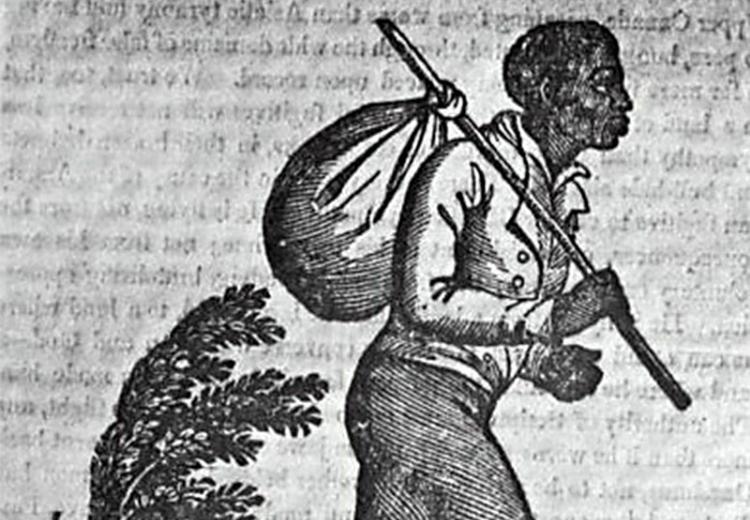William Henry Singleton’s Resistance to Slavery: Overt and Covert

"The Underground Railroad from Slavery to Freedom" by Wilbur Henry Siebert.
In this lesson, students will learn that enslaved people resisted their captivity constantly. Because they were living under the domination of their masters, slaves knew that direct, outright, overt resistance—such as talking back, hitting their master or running away—could result in being whipped, sold away from their families and friends, or even killed. Nonetheless, the regular appearance of runaway slave advertisements in newspapers in the eighteenth and nineteenth centuries demonstrates that despite the high likelihood and dire consequences of being caught, many enslaved people attempted to run away. Most enslaved people, however, resisted their captivity in ways that were covert or concealed, masked, and hidden. Through watching a short video, and reading selected excerpts from his narrative, students will explore how enslaved people like Singleton did not passively accept their condition but resisted it in numerous ways. They will learn about covert as well as overt resistance and will reflect upon the techniques people use to resist injustice today.
Guiding Questions
What do William Henry Singleton's life experiences teach us about resistance to slavery?
What does it mean to resist?
How is resistance against injustice engaged today?
Learning Objectives
Evaluate the effectiveness of covert and overt actions taken against slavery.
Analyze the competing perspectives regarding slavery and abolition.
Examine the strategies engaged by slaves and abolitionists to eliminate slavery.
Evaluate strategies used to resist and eliminate injustices today.
